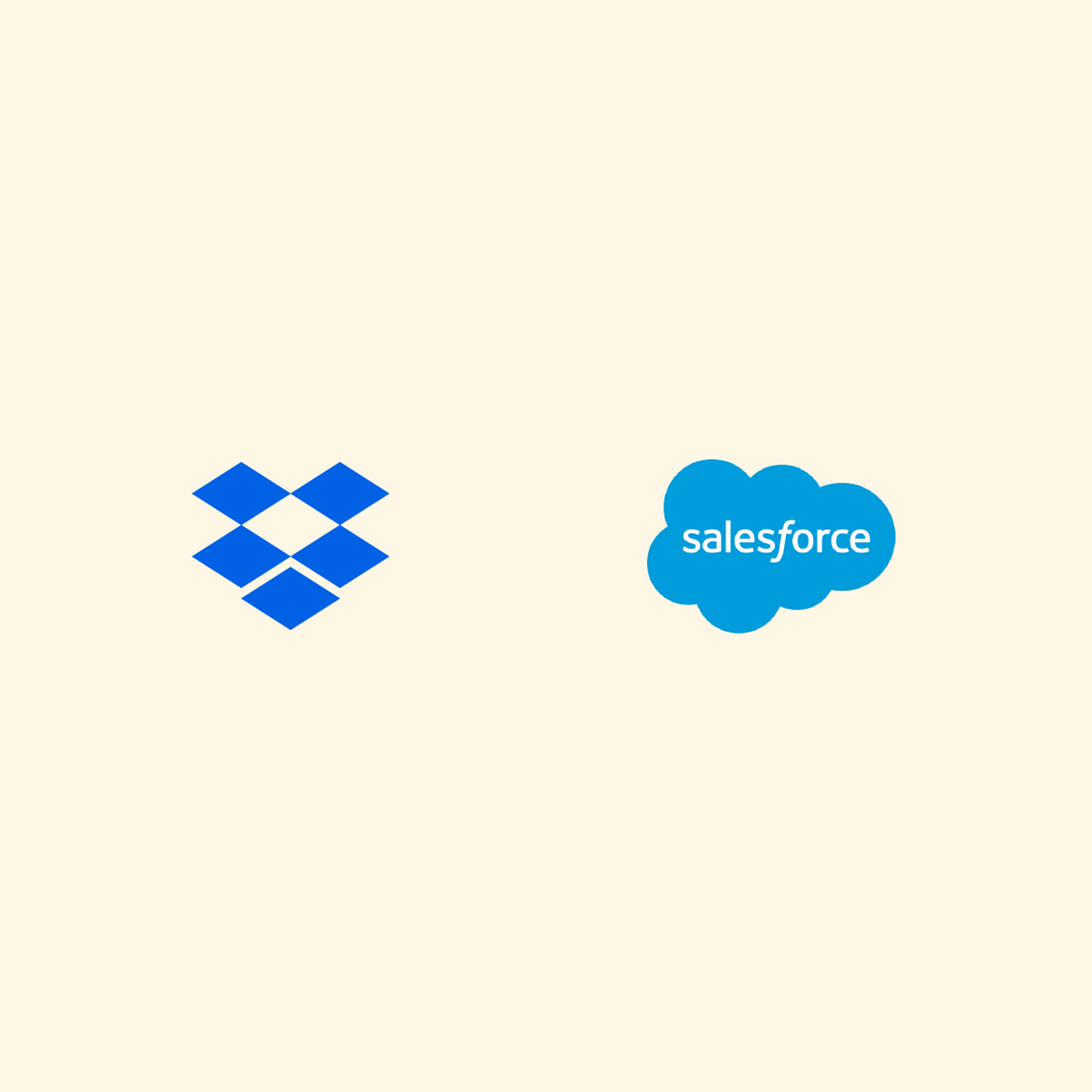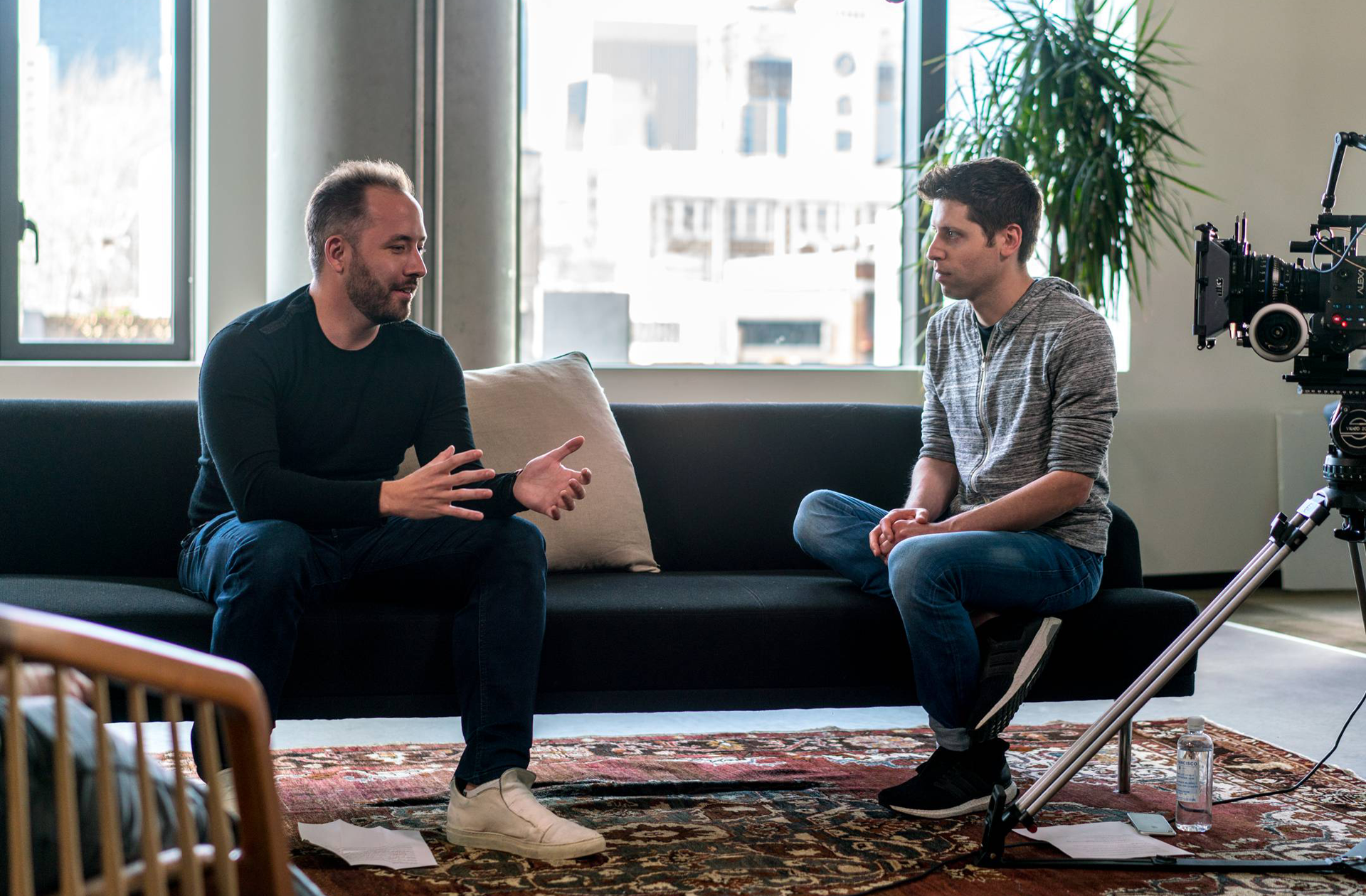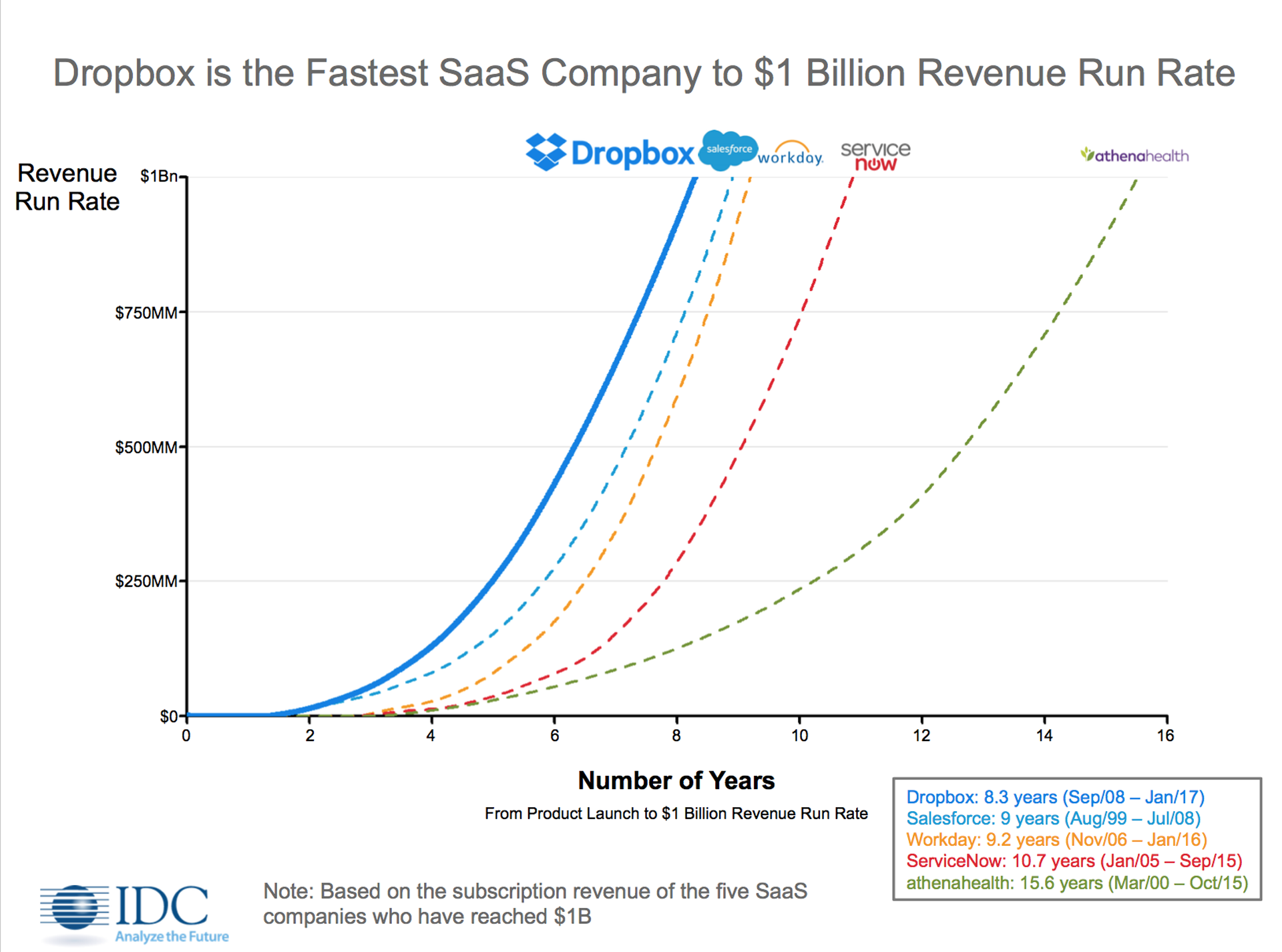
University of Auckland chooses Dropbox to support collaborative research
Published on May 27, 2019
Today we’re announcing that the University of Auckland has signed a four-year agreement with Dropbox to provide all researchers at the University access to Dropbox Business (Enterprise).
Dropbox will integrate more seamlessly with the University’s existing tools including Office 365, Blackboard, Turnitin, and Notability and facilitate access for staff and students.
The University is New Zealand’s largest research institution with 50 research units, centers, and institutes. It hosts five of New Zealand’s 10 Centres of Research Excellence, established by the New Zealand government to drive innovative international research.
“Our researchers are at the leading edge of innovation across many disciplines; from science to medicine to education. This level of research requires strong collaboration across different faculties, geographies and industries,” says Professor Stuart McCutcheon, Vice-Chancellor of the University of Auckland. “Leveraging technology to power internal and external collaboration is critical to maintaining our international reputation for developing world-class research.”
Protecting the University’s intellectual property was also an important consideration. With Dropbox, the University can make sure that all research data and discoveries are maintained and shared securely, with the right levels of access and visibility.
The University of Auckland joins more than 6,000 educational institutions worldwide who are choosing Dropbox as their collaboration platform, including the University of Sydney, Kansai University, and the University of Cambridge.
“Dropbox is fast becoming the default collaboration platform in higher education. We’ve found that existing and organic adoption of Dropbox is very high in this sector due the platform’s native ability to power collaboration of any kind—internal or external, via any device and through any operating system,” says Dean Swan, Dropbox County Manager for A/NZ. “It breaks through silos and the most complex webs of collaboration, while making it very simple for the end user and extremely secure for the University.”












